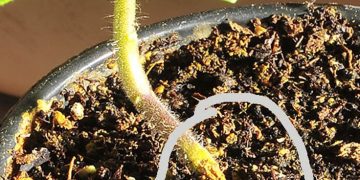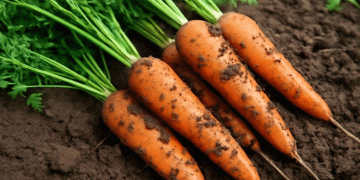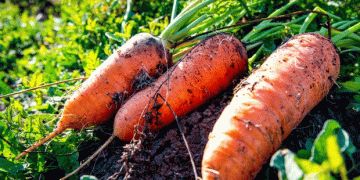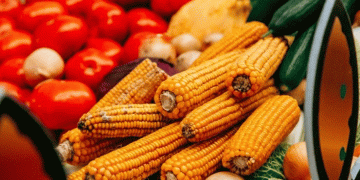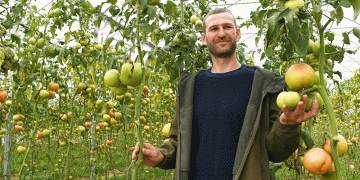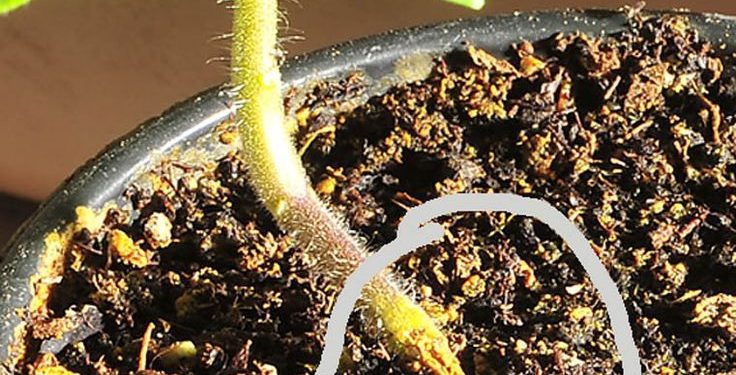#PlantDisease #GreenhouseManagement #BiologicalControls #SustainableAgriculture #PythiumAphanidermatum
Damping off, caused by the pathogenic fungus Pythium aphanidermatum, is a common and devastating disease that affects many plant species. It occurs when young seedlings or cuttings are attacked by the fungus, resulting in rapid wilting, root rot, and eventual death. In addition to causing significant economic losses in agriculture, damping off can also affect horticulture and forestry.
Pythium aphanidermatum thrives in warm and moist conditions, making it particularly challenging to manage in greenhouse environments. However, there are several preventative measures that can be taken to reduce the risk of damping off. The first step is to ensure that the planting medium is well-drained and does not remain saturated for extended periods. Additionally, maintaining proper ventilation and temperature control in the greenhouse can help to minimize the risk of disease development.
Chemical controls can also be used to manage damping off, although their effectiveness may vary depending on the specific product and the timing of application. In recent years, there has been increasing interest in biological controls, such as the use of beneficial microorganisms that can outcompete or antagonize Pythium aphanidermatum.
Developing new and innovative strategies to combat damping off is crucial for maintaining the productivity and health of crops. As the demand for sustainable and environmentally friendly agricultural practices continues to grow, there is an increasing need for effective and non-toxic methods for managing plant diseases.
